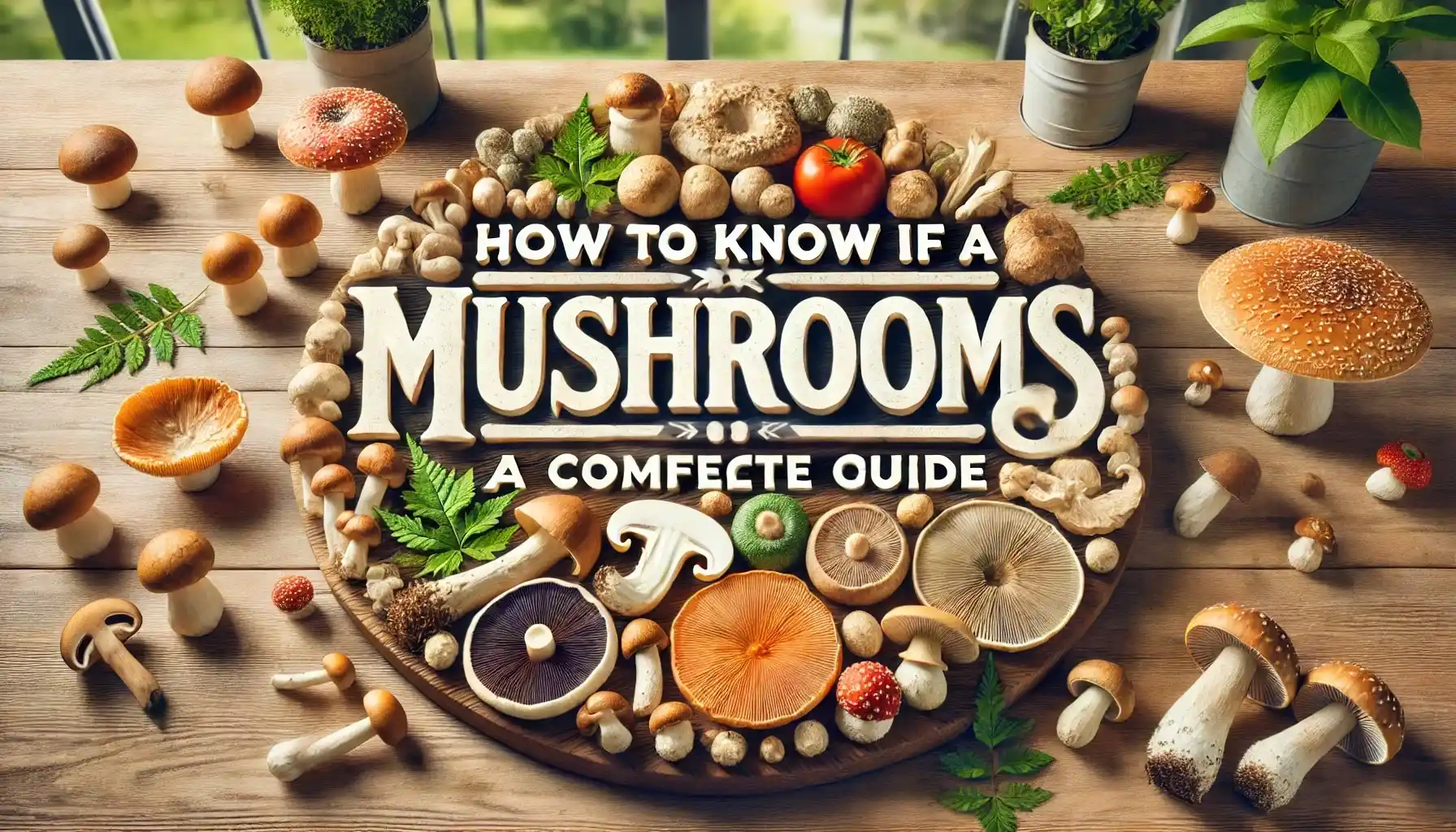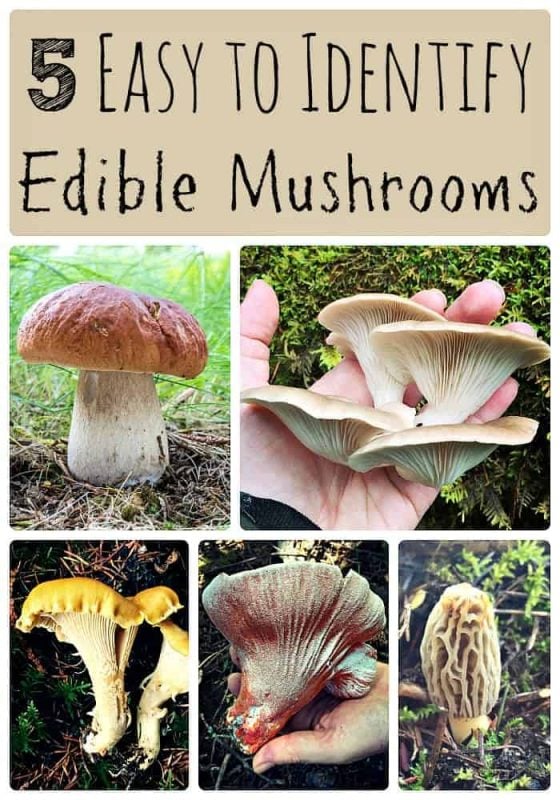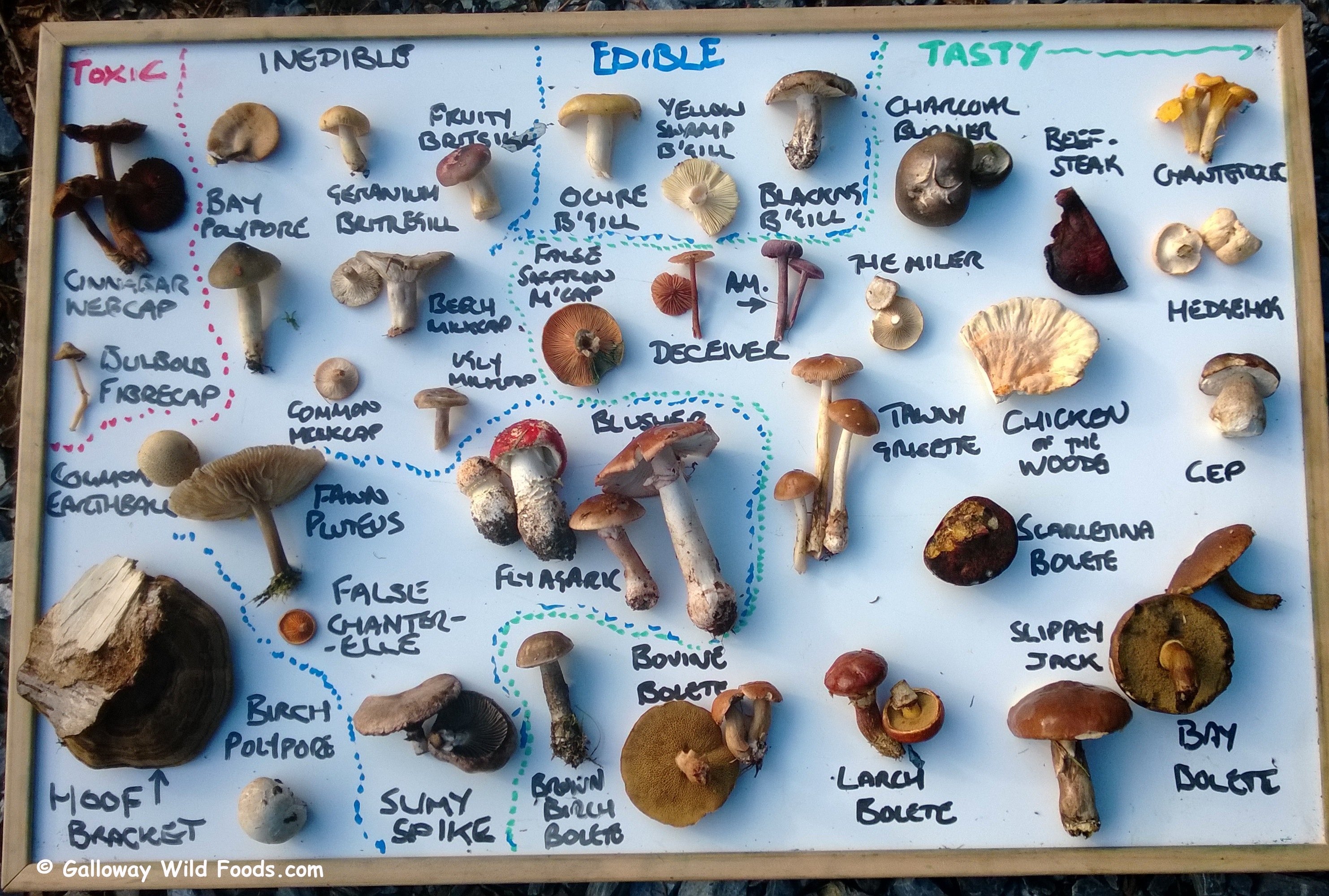How To Know If Mushroom Is Edible

Foraging for wild mushrooms can be a rewarding experience, connecting individuals with nature and providing access to unique culinary ingredients. However, the risks associated with consuming misidentified mushrooms are significant, ranging from gastrointestinal distress to organ failure and even death. Distinguishing between edible and poisonous mushrooms requires expert knowledge and caution, making accurate identification paramount.
This article delves into the complexities of mushroom identification, outlining the crucial steps and resources available to help ensure safe foraging practices. It emphasizes the importance of consulting with experts and utilizing multiple identification methods to avoid potentially deadly mistakes. The information presented is intended for educational purposes and should not be considered a substitute for professional guidance.
The Dangers of Misidentification
Consuming poisonous mushrooms can lead to a variety of health problems. The severity of these problems depends on the specific toxins present in the mushroom and the amount consumed.
Symptoms can range from mild nausea and vomiting to severe liver and kidney damage. In some cases, poisoning can be fatal, underscoring the critical need for accurate identification.
Key Identification Factors
Identifying mushrooms involves a careful examination of several key features. These features include the mushroom's cap, gills, stem, and spore print.
The cap should be examined for its shape, color, texture, and any unique markings. Look at the gills underneath the cap for their attachment to the stem (free, attached, or decurrent), spacing, and color.
The stem should be assessed for its size, shape, texture, and the presence of a ring (annulus) or a volva (a bulbous base). Finally, a spore print, created by placing the mushroom cap on a piece of paper to release its spores, provides valuable information about the mushroom's species.
Detailed Examination of Features
Cap characteristics: Note the cap's diameter, shape (e.g., convex, flat, umbonate), color variations, and any surface features like scales or stickiness. Variations can occur depending on maturity and environmental conditions.
Gill characteristics: Observe the gill spacing (crowded, close, distant), color, and attachment to the stem. Some mushrooms have pores instead of gills, a key differentiator.
Stem characteristics: Pay attention to the stem's length, diameter, color, texture (smooth, scaly), and whether it's hollow or solid. The presence or absence of a ring or volva is particularly important.
Spore print: This can be white, brown, pink, black, or yellow. Obtain a spore print by placing the cap gill-side down on a piece of white and black paper, covering it with a glass, and leaving it overnight.
Reliable Identification Resources
Several resources can aid in mushroom identification, but no single resource is foolproof. Cross-referencing information from multiple sources is crucial.
Field guides are a valuable starting point, providing descriptions and illustrations of common mushroom species. Regional field guides are particularly helpful as they focus on mushrooms found in specific geographic areas.
Online databases and forums can offer additional information and expert opinions. However, it's essential to use reputable sources and be cautious of relying solely on online identifications.
Expert Consultation
The safest approach is to consult with a mycologist (a mushroom expert) or an experienced mushroom forager. Local mycological societies often offer guided forays and identification workshops.
"Never consume a mushroom unless you are 100% certain of its identification," warns Dr. Emily Carter, a leading mycologist at the North American Mycological Association (NAMA).
These experts can provide accurate identification and help you learn about the characteristics of different mushroom species. They can also point out potential look-alikes that might be poisonous.
The "No Touch" Rule
If you are unsure about a mushroom's identity, the safest course of action is to avoid touching or tasting it. Even touching some poisonous mushrooms can cause skin irritation in sensitive individuals.
The "no touch" rule prevents accidental ingestion and minimizes the risk of exposure to toxins. Photograph the mushroom from different angles for later identification efforts.
Debunking Common Myths
Many myths surround mushroom identification, and relying on them can be dangerous. For instance, the idea that poisonous mushrooms will tarnish a silver spoon is false.
Similarly, the belief that mushrooms eaten by animals are safe for human consumption is also untrue. These are common misconceptions, it is best to rely on scientific methods.
Furthermore, there is no universal test for edibility. Avoid relying on such myths and focus on accurate identification using reliable resources and expert consultation.
The Importance of Responsible Foraging
Responsible foraging practices are essential for preserving mushroom populations and protecting the environment. Only collect mushrooms that you can positively identify, and leave plenty behind for the ecosystem.
Avoid disturbing the surrounding habitat and refrain from collecting mushrooms in protected areas. Obtain permission from landowners before foraging on private property.
Proper storage and handling of collected mushrooms are also crucial. Keep them refrigerated and consume them within a reasonable timeframe to prevent spoilage.
Conclusion
Mushroom identification is a complex and potentially dangerous endeavor. It requires a thorough understanding of mushroom characteristics, access to reliable resources, and, ideally, expert guidance.
By following the guidelines outlined in this article and exercising caution, foragers can minimize the risks associated with wild mushroom consumption. Remember, when in doubt, throw it out.
Always prioritize safety and consult with experts before consuming any wild mushroom. The risks associated with misidentification are simply too great to ignore.















:max_bytes(150000):strip_icc()/wild-mushrooms-what-to-eat-what-to-avoid-ADD-FINAL-441fd96aaa11408faee322e1706d9cd3.png)


